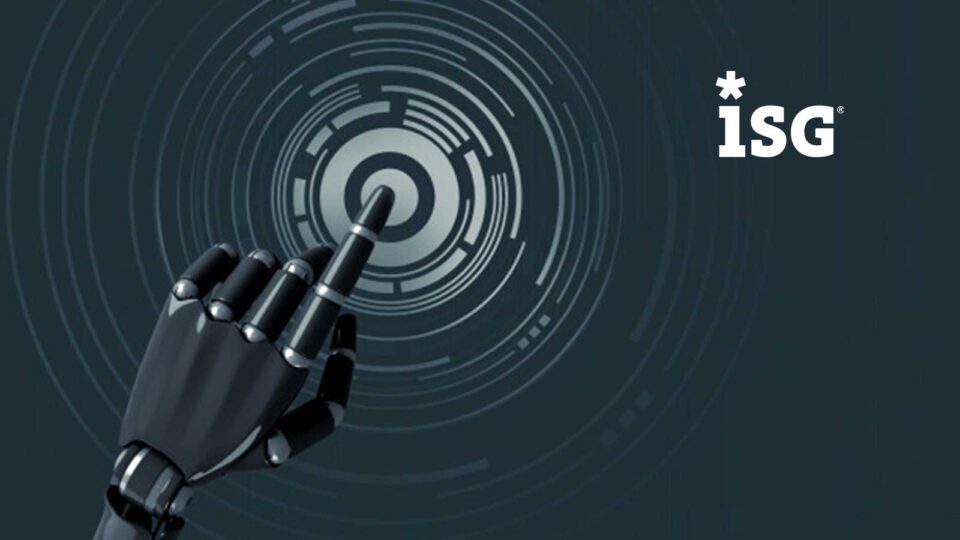Traditionally conservative sector overcomes inertia, adopting new technologies as energy needs, consumer expectations and regulations change, ISG Provider Lens report says
Power and utilities companies in Australia are increasingly deploying new technologies, especially data analytics and machine learning (ML), as they undergo large-scale digital transformations, according to a new research report published by Information Services Group (ISG), a leading global technology research and advisory firm.
“Experienced service providers are helping Australian utilities overcome a cybersecurity skills shortage to build essential protections.”
The 2023 ISG Provider Lens™ Power and Utilities — Services and Solutions report for Australia finds the country’s utilities, which had long resisted change, are now making investments and engaging with provider partners to deploy more intelligent, data-driven systems in response to changing regulations, customer expectations and market needs.
“Digital transformation is no longer a choice for Australian utilities,” said Michael Gale, ISG partner in Australia. “After several years of upheaval, new technology adoption has become the next wave of disruption in the industry.”
CIO INFLUENCE News: Scala Data Centers Enables Hyperscale Market in Curauma, on Campus With 30MW of IT Capacity
The sector is under pressure from several trends, ISG says. Population growth, urbanization and changing weather conditions are triggering energy scarcity, while some fuel costs have risen. Traditional utilities face competition from new market entrants, while consumers expect an improved, omnichannel customer experience.
New technology investments in the industry span a wide range of initiatives, the report says. Many utilities are increasing automation, taking a holistic business process management (BPM) approach to streamlining operations. They are making substantial investments in cloud infrastructure to replace legacy in-house systems and focus on their core competencies. Grid modernization, aimed at improved resilience, security and sustainability, is a major priority.
Adapting to these changes while maintaining legacy IT infrastructure has led to increasing complexity, forcing utilities to invest in IoT systems and integrated, cloud-based enterprise asset management, ISG finds. This transformation makes more data available to generate valuable insights through ML-powered analytics, often with help from service providers.
Further heightening the pressure, increasingly connected systems in Australian power grids have broadened the scope of potential cyberattacks, making it harder for utilities to manage risks, the report says. New regulations require critical infrastructure companies to strengthen cybersecurity.
“Even a relatively small cyberattack on a utility can threaten social and financial stability,” said Jan Erik Aase, partner and global leader, ISG Provider Lens Research. “Experienced service providers are helping Australian utilities overcome a cybersecurity skills shortage to build essential protections.”
CIO INFLUENCE News: SHI International Announces Strategic Collaboration Agreement With AWS
The report also explores other trends in the Australian power and utilities industry, including the growing deployment of microgrids in remote regions and the gradual transition to electric vehicles.
The 2023 ISG Provider Lens™ Power and Utilities — Services and Solutions report for Australia evaluates the capabilities of 30 providers across five quadrants: Intelligent Business Process Management Systems (iBPMS), Next-Gen IT Services, Grid Modernization, Enterprise Asset Management (EAM) and Customer Information Systems (CIS) and Customer Experience (CX).
The report names Accenture, Infosys, TCS and Wipro as Leaders in all five quadrants. It names Capgemini and IBM as Leaders in four quadrants each. HCLTech is named as a Leader in two quadrants. Acquire BPO, Probe CX, Tech Mahindra and WNS are named as Leaders in one quadrant each.
In addition, Tech Mahindra is named as a Rising Star — a company with a “promising portfolio” and “high future potential” by ISG’s definition — in two quadrants. PSC and WNS are named as Rising Stars in one quadrant each.
CIO INFLUENCE News: SecurityScorecard Launches Managed Cyber Risk Services to Mitigate Zero-Day and Critical Supply Chain Vulnerabilities
[To share your insights with us, please write to sghosh@martechseries.com]


